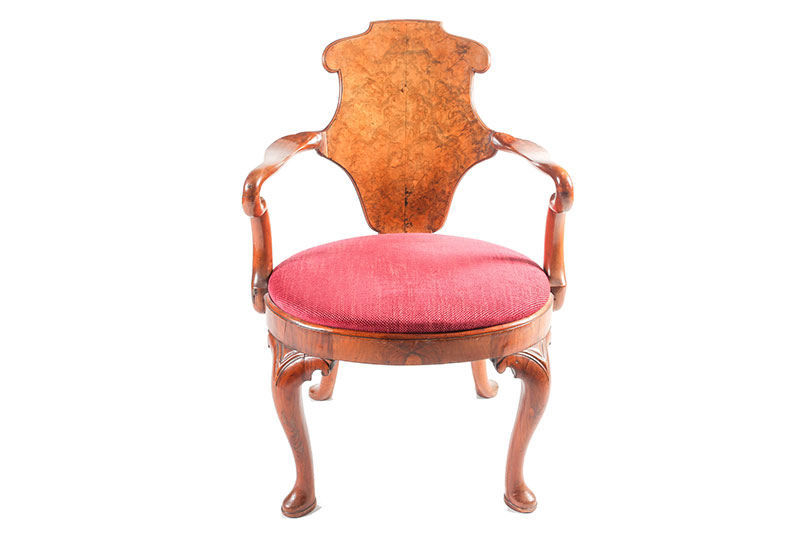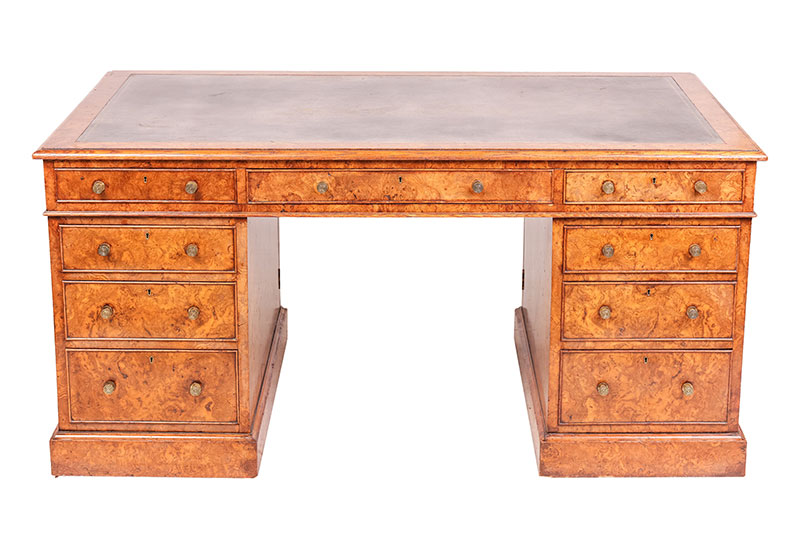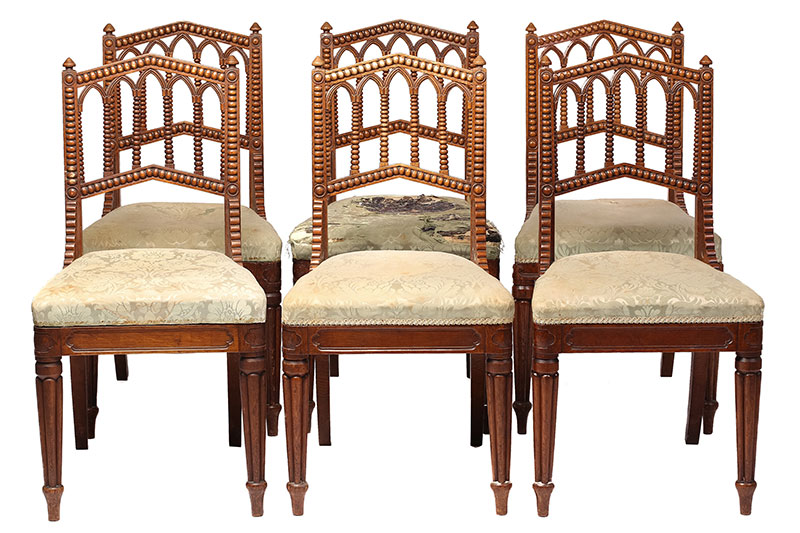A Guide to Gillows Furniture
Innovation was a pillar to Gillows long standing success
08/04/2025
Gillows of Lancaster and London was a renowned English furniture making firm that operated from the 18th to the 20th century. Known for their exceptional quality, craftsmanship, and elegant designs, Gillows pieces are highly sought after by collectors and interior design enthusiasts.
Established in the 1730s in Lancaster, with a second workshop launched in Oxford Street, London in 1769, the Gillows workshops gained a reputation for producing some of the finest furniture in Britain. They were particularly skilled in the Neoclassical and Regency styles, creating pieces that combined functionality with timeless aesthetic appeal. While each workshop produced the highest quality furniture of the period, they possessed a distinctively different style. The Lancaster studio focused on a more traditional elegance whereas the London works were, not surprisingly, more up to date and ‘a la mode’.
Early 18th century walnut veneered open armchair
In the 1720s, founder Robert Gillow travelled to the West Indies as a ships carpenter, returning to England with some of the first examples of mahogany wood in the United Kingdom, and set up shop in 1729. This variety of mahogany was an old slowly grown solid timber from a broad girth tree which allowed furniture makers to use a single cut for tabletops. Sadly, this species was almost wiped out by the mid-18th century due to its slow growth. The use of imported hardwoods from Jamaica, Cuba and Honduras were a defining feature of Gillows furniture.
From ornate cabinets, bookcases, and beautifully upholstered seating to rocking horses, squirrel cages and coffins, the Gillows portfolio encompassed a wide range of furniture for the discerning connoisseur. Their designs often featured intricate inlays, delicate carvings, veneers, painted designs, and the use of premium exotic materials such as mahogany, rosewood, walnut and birch.
Regency pollarded oak partner's kneehole writing desk
Patrons of Gillows could elect to submit their own designs and commissions, or alternatively, choose from the latest styles in a sketchbook featuring celebrated designers such as Robert Adam, Thomas Chippendale, George Hepplewhite, and Thomas Sheraton.
Innovation was a pillar to Gillows long standing success; notable contributions include their invention of the extending telescopic dining table, the Trou Madame table (ladies Billiard table), the revolving top library table, secretaire drawers and the Davenport desk. The firm achieved international acclaim with several overseas commissions; they were infamous during their heyday with Gillows furniture mentioned in the novels by Jane Austen, William Makepeace Thackeray and an opera by Gilbert and Sullivan.
Today, original Gillows furniture is highly sought after, with auction houses regularly fetching high prices for well-preserved examples, each piece is symbolic of superior aesthetic design and unsurpassed quality. Understanding the hallmarks of genuine Gillows pieces, such as their characteristic styles and maker's marks, can help collectors and enthusiasts identify authentic items. Click here to discover how to identify Gillows furniture.
Matched set of six William IV oak Gothic revival side chairs
Whether you're furnishing a period property or simply appreciate fine English craftsmanship, incorporating Gillows furniture into your home can add a touch of timeless elegance and historical significance to any space.
read more
A Guide to 20th Century Furniture
Alternatively, you may be considering selling some Gillows furniture…
With a global audience of over 10 million known bidders, Dawsons can secure the highest price for you.
Get in touch with an expert Valuer for confidential sales advice, we would be delighted to help:


